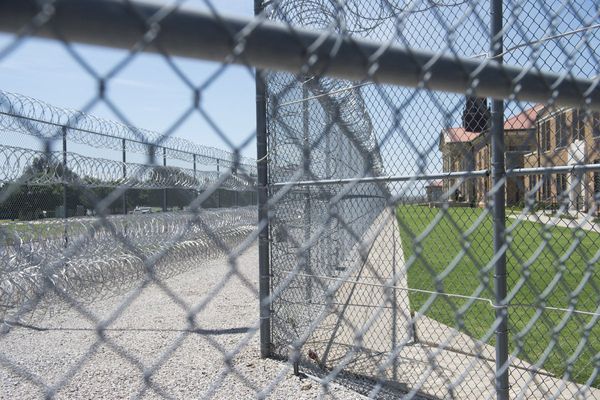
Moongazers are in for a treat for the second time in a month, with a “super blue moon” expected on 31 August.
The astronomical event is a combination of a supermoon and a “blue moon”, and is occurring for the first time since 2009.
The term “supermoon” was coined in 1979 to describe the full moon coinciding with the closest point in its orbit around Earth. Supermoons are about 15% brighter than the average full moon, but the change is not generally visible to the naked eye.
What is a blue moon?
The term “blue moon” is used to describe the frequency of full moons, rather than the appearance of Earth’s only natural satellite.
Some define a blue moon as being one extra – 13 full moons – in a calendar year, while others define it as two full moons in the same calendar month.
How rare is a blue moon?
As suggested by the phrase “once in a blue moon”, this lunar phenomenon is relatively rare, occurring only once every two to three years.
The orbit of the moon around Earth is slightly elliptical. Dr Brad Tucker, an astrophysicist from the Australian National University, told Guardian Australia earlier in August: “The orbit of the moon varies [by] 40,000-45,000km. If the moon is 20,000-25,000km closer [than average], it’s a supermoon.”
The super blue moon will be the closest of four supermoons in a row this year, at a distance of 357,344km from Earth.
It is occurring weeks after an earlier supermoon, on 2 August, which was nicknamed a “sturgeon moon”. The first supermoon took place on 3 July and a fourth will take place on 29 September.

How can I see the super blue moon?
The super blue moon will reach its closest approach to Earth during the morning of Thursday 31 August, at 11.35am AEST. At this point, it will unfortunately not be visible from Australian skies.
However, Dr Sara Webb, an astrophysicist at Swinburne University, said the moon would appear big and bright on Thursday night even though it was starting to move further away from Earth. “It will roughly be a 12-hour delay from when it’s at its closest point to when it will be visible for Aussies,” she said.
“On Wednesday and Friday, it’s still going to look exceptionally full and it’s going to be very close as well.”
What time will it rise?
The moon will rise above the horizon from 4.35pm AEST on Wednesday 30 August and from 5.46pm AEST on Thursday 31 August, in an east-south-east direction. Due to an optical illusion known as the moon illusion, the super blue moon will appear larger when closer to the horizon compared with when it has risen higher in the sky.
“Saturn will be up near the moon too. It will be a little bit higher and to the west of the moon,” Webb said. “It will be brighter than most of the other stars … in the night sky.
“Through small telescopes, you can see Saturn and sometimes the rings really clearly.”
Stellarium Web, a free online planetarium, provides viewing information for specific locations.







